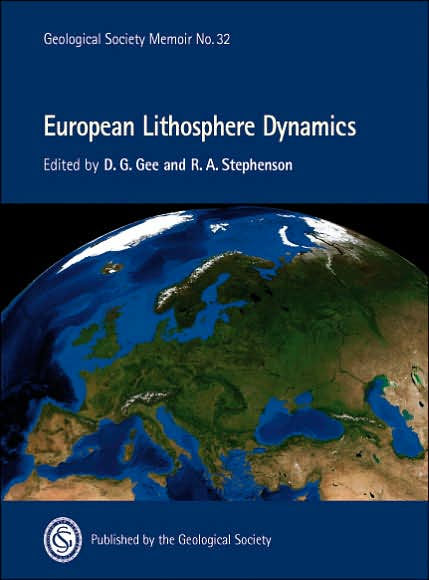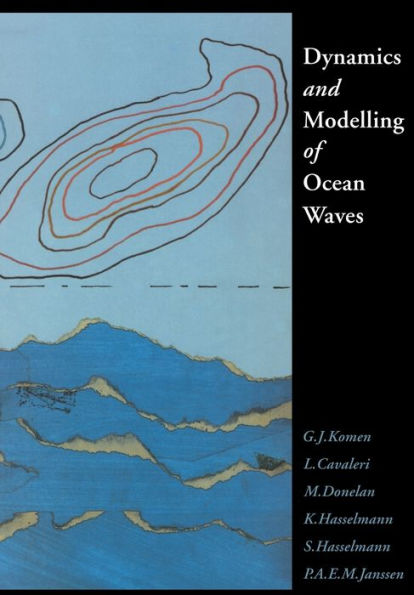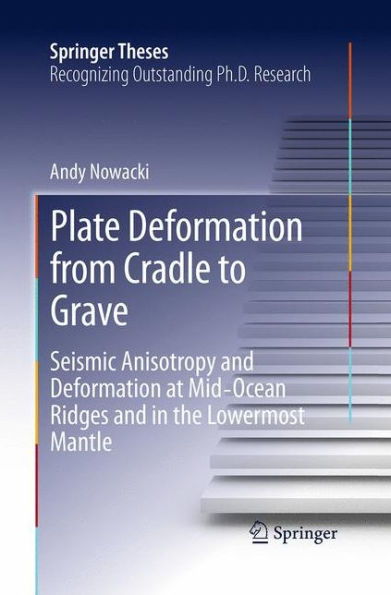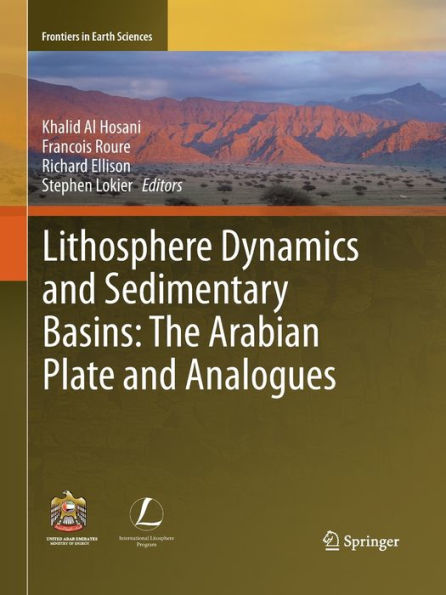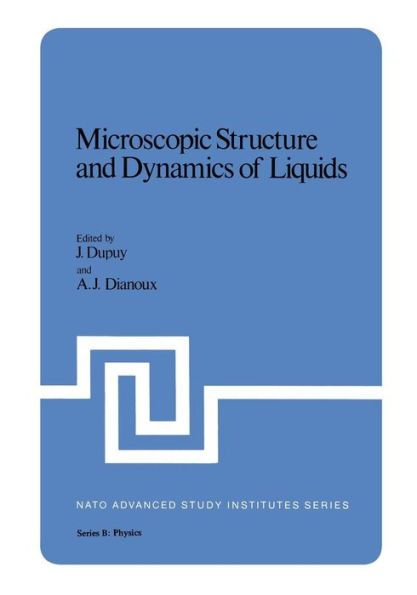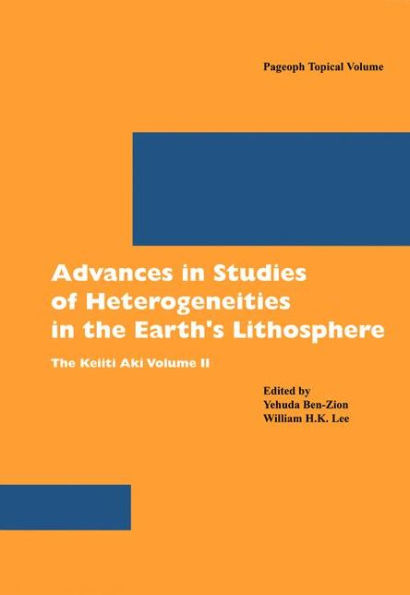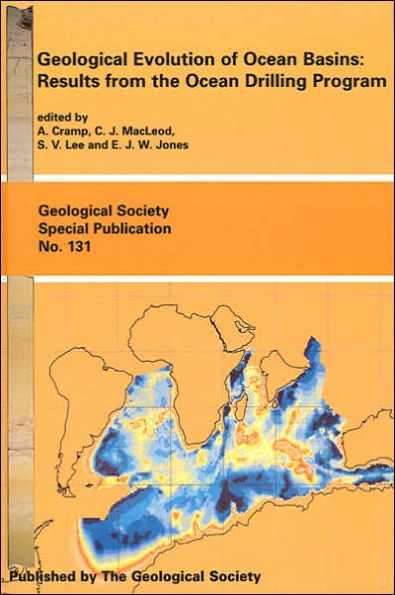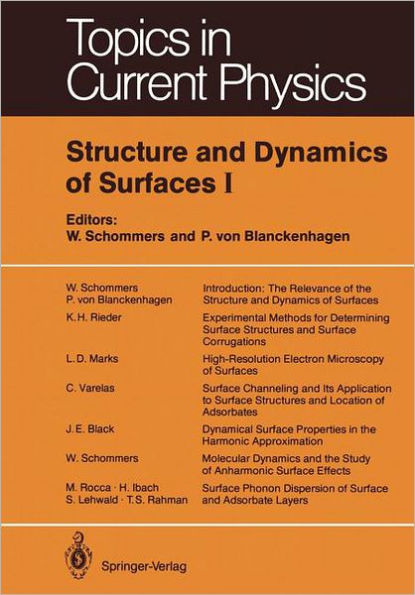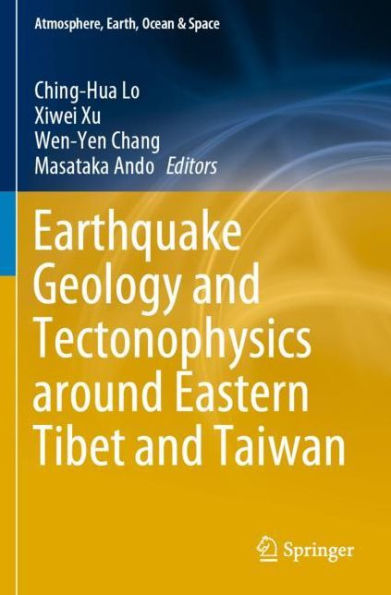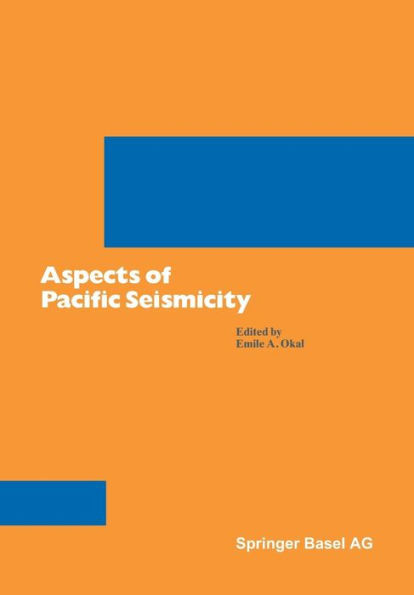Home
Structures of Ophiolites and Dynamics of Oceanic Lithosphere
Barnes and Noble
Structures of Ophiolites and Dynamics of Oceanic Lithosphere
Current price: $169.99
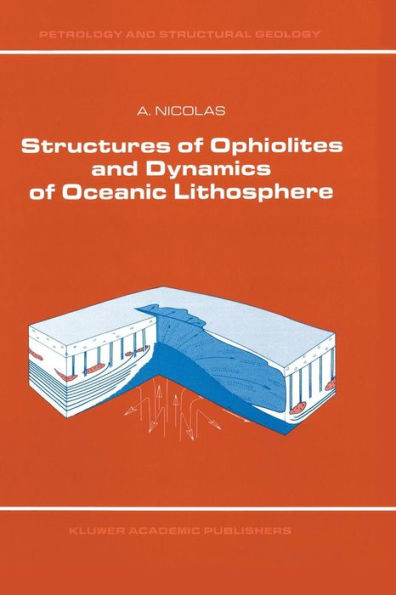

Barnes and Noble
Structures of Ophiolites and Dynamics of Oceanic Lithosphere
Current price: $169.99
Size: OS
Loading Inventory...
*Product information may vary - to confirm product availability, pricing, shipping and return information please contact Barnes and Noble
1.1. HISTORICAL DEVELOPMENT OF THE OPHIOLITE CONCEPT. Ophiolite, Greek for 'the snake stone', appears to have received its first written definition by Brongniart (1813) as a serpentine matrix containing various minerals. Later in 1821 and 1827, Brongniart determined that volcanic and gabbroic rocks were also present, associated with cherts, and he ascribed an igneous origin to the ophiolite. Amstutz (1980) gives an excellent exegesis of these early contributions and traces the further use of the term and concept of ophiolite. This concept had been forged in the western Alps and Apennines where, thanks to talented Italian geologists, in particular A. Sismonda, B. Gastaldi, V. Novarese and S. Franchi, the study on metamorphic ophiolites (the 'pietre verdi') has rapidly progressed. At the tum of the century the association of radiolarite, diabase, gabbro (euphotide), and serpentinite-peridotite was clearly identified, even through their metamorphic transformations. In 1902, Franchi developed the hypothesis introduced earlier by Lotti (1886), of a submarine outflow to explain the 'pietre verdi' association, on the basis of the attribution of the variolites and metamorphic prasinites to an hypabyssal volcanism, also responsible for the formation of radiolarites. Thus, before the popular work of Steinmann in 1927, the various components constituting an ophiolite had been identified and its hypabyssal origin proposed. As recalled by Amstutz (1980), the so-called 'Steinmann trinity', which consists of the association of radiolarites, diabases and serpentinites, was more completely and better defined in these earlier works.
